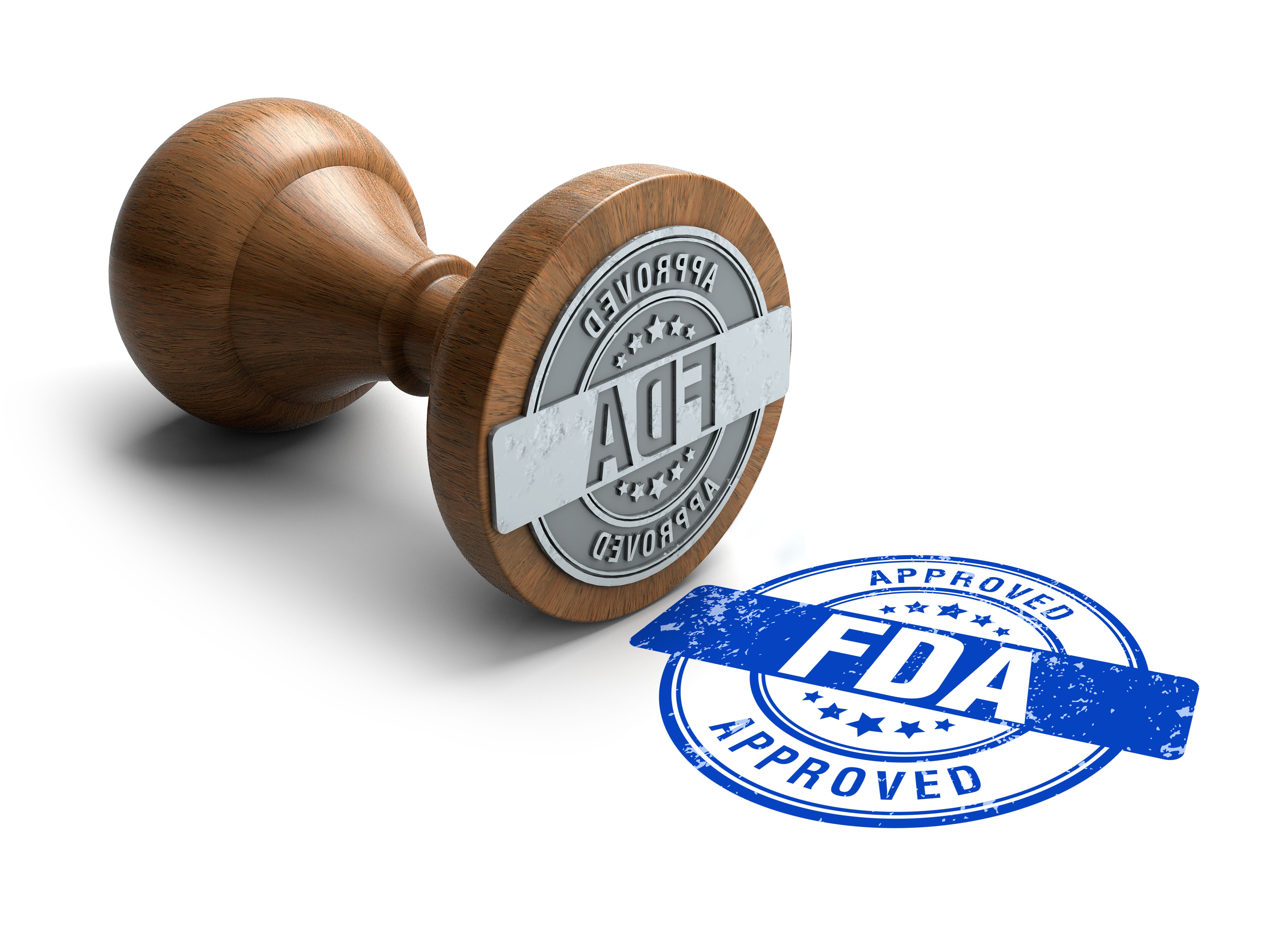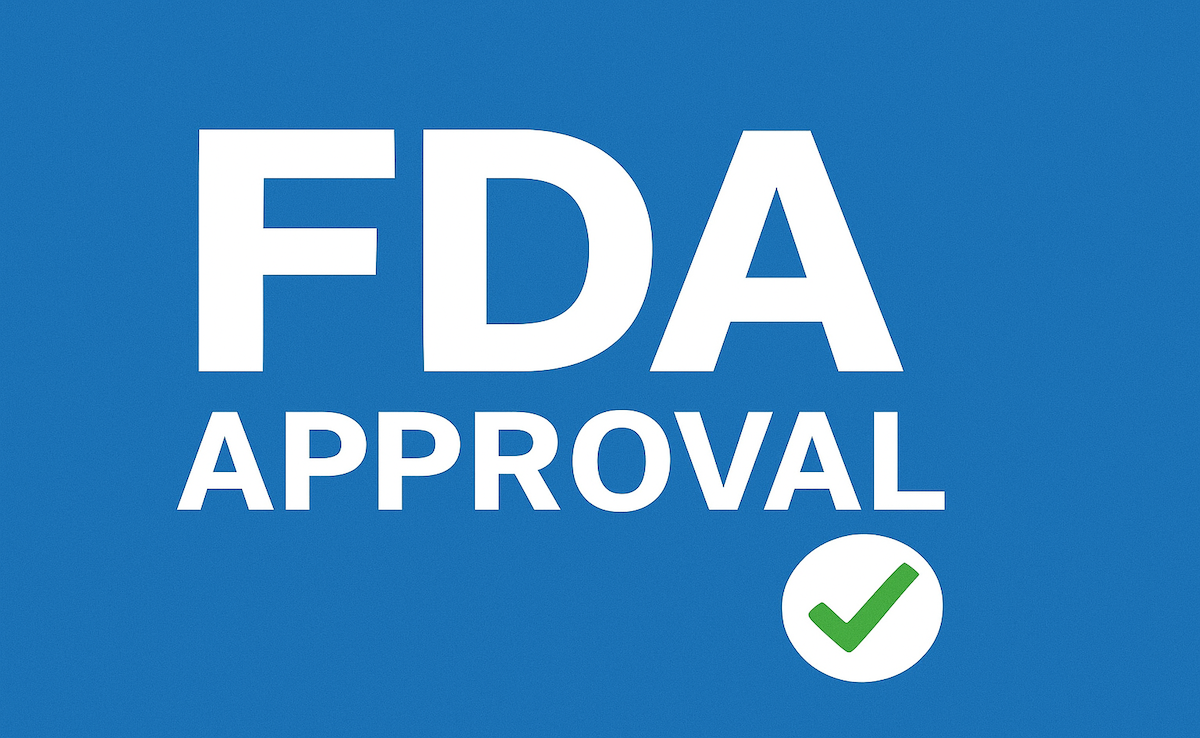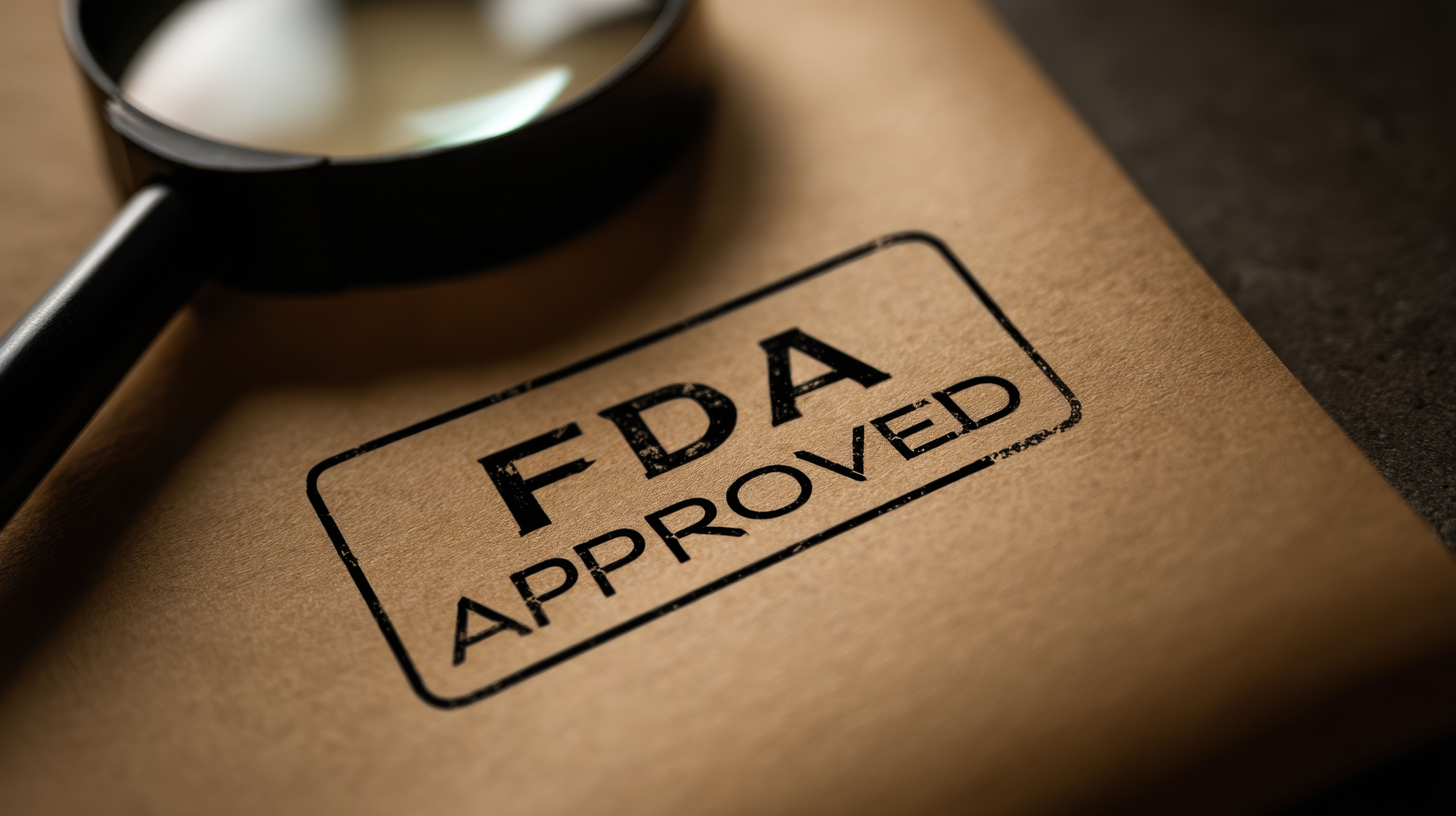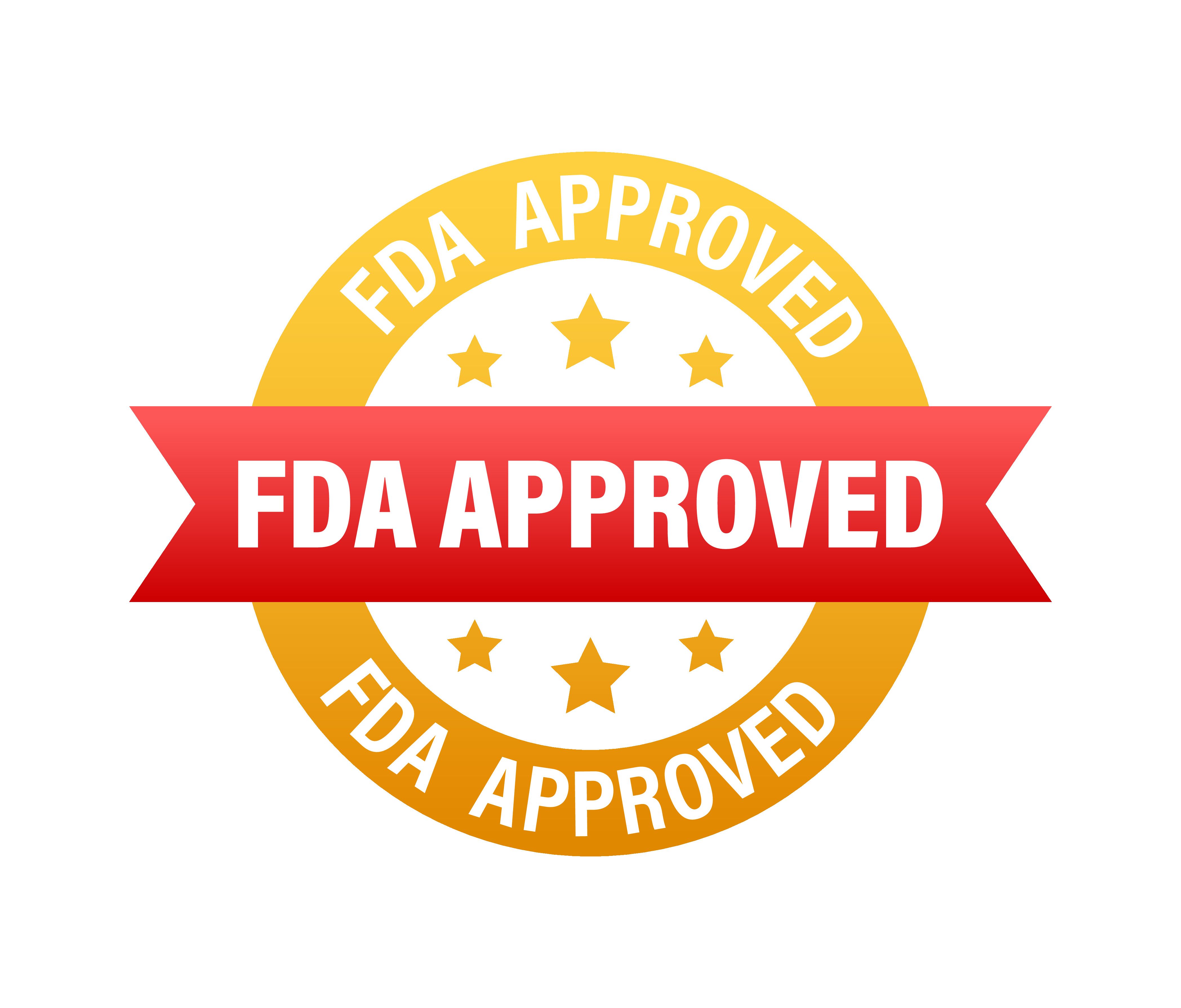News
Article
FDA Approves Seventh Ustekinumab Biosimilar to Reference Stelara
Author(s):
Key Takeaways
- Ustekinumab-stba is approved for multiple conditions, showing comparable efficacy and safety to Stelara in clinical trials.
- The biosimilar will be available in subcutaneous and intravenous forms, with market entry anticipated in February 2025.
The FDA granted approval to Steqeyma (ustekinumab-stba) for inflammatory conditions, making it the seventh biosimilar to reference Stelara after a year of multiple ustekinumab biosimilar approvals.
The FDA granted approval to Steqeyma (ustekinumab-stba) for inflammatory conditions, making it the seventh biosimilar to reference Stelara after a year of multiple ustekinumab biosimilar approvals. | Image Credit: Surendra - stock.adobe.com

Ustekinumab-stba (Steqeyma), the seventh biosimilar to reference ustekinumab (Stelara), was approved by the FDA for both adult and pediatric patients with plaque psoriasis and psoriatic arthritis as well as adult patients with Crohn disease and ulcerative colitis (UC).1
Celltrion announced the approval of ustekinumab-stba as a subcutaneous injection or intravenous infusion. The approval was based on various trial results, including a study that compared the efficacy and safety of CT-P43 with Stelara in patients with plaque psoriasis (NCT04673786).2
Patients with moderate to severe plaque psoriasis were examined between 2 treatment periods based on efficacy and safety. The first treatment period included 509 patients randomly assigned either ustekinumab-stba or Stelara. In treatment period 2, participants who received Stelara were re-randomized to either continue Stelara or switch to ustekinumab-stba from week 16 to week 40.
The primary endpoint was achieved when the mean percent improved from baseline Psoriasis Area and Severity Index (PASI) score at week 12. The average improvement in PASI score was 77.93% for the ustekinumab biosimilar and 75.89% for Stelara based on the FDA’s approach. The overall pharmacokinetic, safety, and immunogenicity data were comparable between both ustekinumab-stba and the reference product.
Ustekinumab-stba will be supplied as a 45 mg and 90 mg/mL single-dose prefilled syringe for subcutaneous injection and a 130 mg/26 mL single-dose vial for intravenous infusion. Based on statements made by Celltrion, the biosimilar is expected on the market in February 2025.
“Steqeyma is now the latest biologic in our immunology portfolio, joining Zymfentra (infliximab-dyyb),” said Thomas Nusbickel, chief commercial officer at Celltrion USA.
Steqeyma is the latest addition to the expanding class of ustekinumab-based therapies, joining Selarsdi (ustekinumab-aekn), Pyzchiva (ustekinumab-ttwe), Otulfi (ustekinumab-aauz), Imuldosa (ustekinumab-srlf), Wezlana (ustekinumab-auub), and Yesintek (ustekinumab-kfce), the last of which received approval in early December 2024.3
Ustekinumab is a fully human monoclonal antibody that blocks activity of p40, the subunit shared by interleukin (IL)-12 and IL-13.4 As ustekinumab binds to p40, it prevents associations of both IL-12 and IL-23 to the IL-12Rb1, resulting in immune cell activation. Additionally, ustekinumab does not have any antibody or complement-dependent cytotoxicity.
The most common adverse events (AEs) among patients who received ustekinumab differed based on the disease state it targeted.1 Patients with psoriasis experienced mild cases of fatigue, headache, upper respiratory tract infection, and nasopharyngitis. In patients with Crohn disease, AEs consisted of vomiting, bronchitis, sinusitis, pruritus, injection site erythema, nasopharyngitis, urinary tract infection, and vulvovaginal candidiasis/mycotic infection. Lastly, patients with UC experienced abdominal pain, influenza, fever, diarrhea, sinusitis, fatigue, nausea, and nasopharyngitis.
Johnson & Johnson’s (J&J) patent for Stelara expired last year, creating a massive increase in biosimilar approvals throughout 2024.5 As J&J’s patent thicket diminishes, the market is looking to biosimilars as cost-effective alternatives to the costly brand name drug. For the past 5 years, Stelara has generated more than a billion dollars in revenue because of the lack of alternatives.
The emergence of ustekinumab biosimilars in 2025 is expected to increase competition and potentially lower drug costs. However, the new negotiated drug prices under the Inflation Reduction Act for 2026include Stelara, which might impact the overall cost-effectiveness of biosimilars.6
References
- US FDA approves Celltrion’sSteqeyma (usekinumab-stba), a biosimilar to Stelara (ustekinumab). Press release. Celltrion; December 18, 2024. Accessed December 19, 2024. https://www.prnewswire.com/news-releases/us-fda-approves-celltrions-steqeyma-ustekinumab-stba-a-biosimilar-to-stelara-ustekinumab-302334458.html
- Kang J. Ustekinumab biosimilar Steqeyma gets FDA approval. Clinical advisor. December 19, 2024. Accessed December 19, 2024. https://www.clinicaladvisor.com/news/ustekinumab-biosimilar-steqeyma-gets-fda-approval/
- Jeremias S. FDA approves Biocon Biologics ustekinumab biosimilar, Yesintek. The Center for Biosimilars®. December 2, 2024. Accessed December 20, 2024. https://www.centerforbiosimilars.com/view/fda-approves-biocon-biologics-ustekinumab-biosimilar-yesintek
- Toussirot E, Michel F, Béreau M, Binda D. Ustekinumab in chronic immune-mediated diseases: a review of long term safety and patient improvement. Patient Prefer Adherence. 2013;7:369-377. doi:10.2147/PPA.S33162
- Stelara patent expiration: drug patents expiring in 2023. GreyB. July 4, 2022. Accessed December 19, 2024. https://www.greyb.com/blog/stelara-patent-expiration/
- Jeremias S. CMS announces new drug prices under the IRA, including Stelara and Enbrel. The Center for Biosimilars. August 19, 2024. Accessed December 19, 2024. https://www.centerforbiosimilars.com/view/cms-announces-new-drug-prices-under-the-ira-including-for-stelara-and-enbrel
Newsletter
Stay ahead of policy, cost, and value—subscribe to AJMC for expert insights at the intersection of clinical care and health economics.




